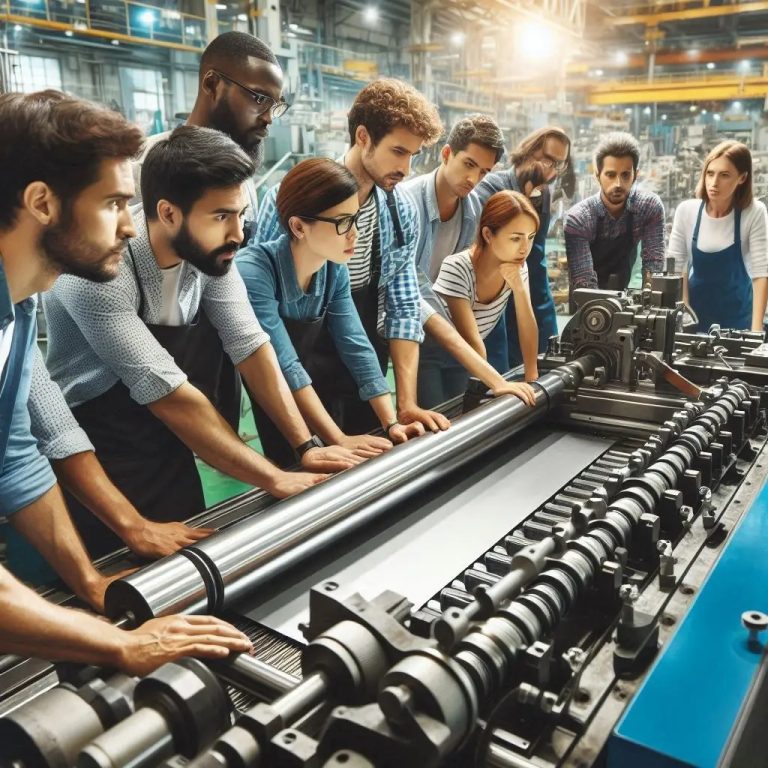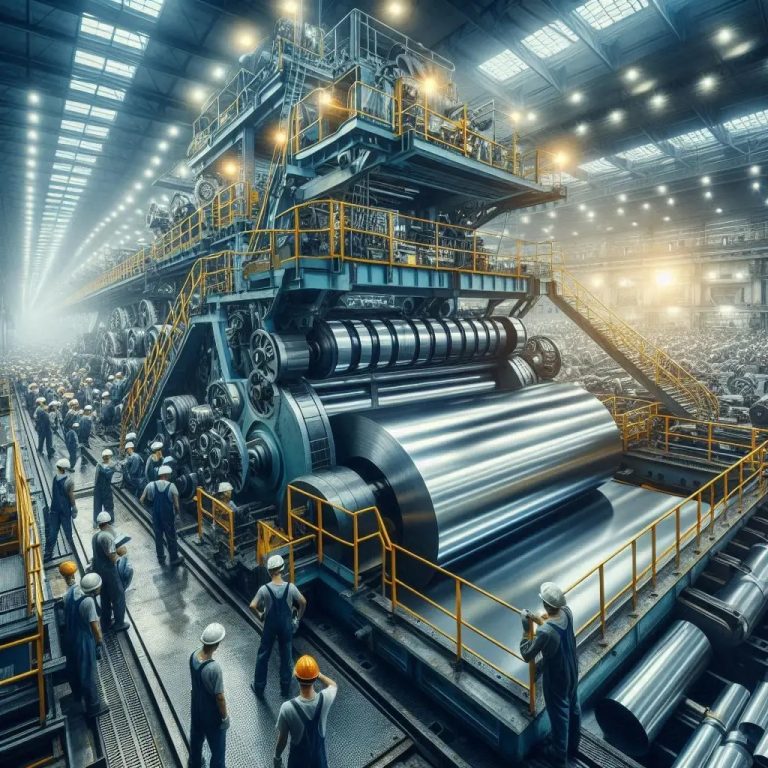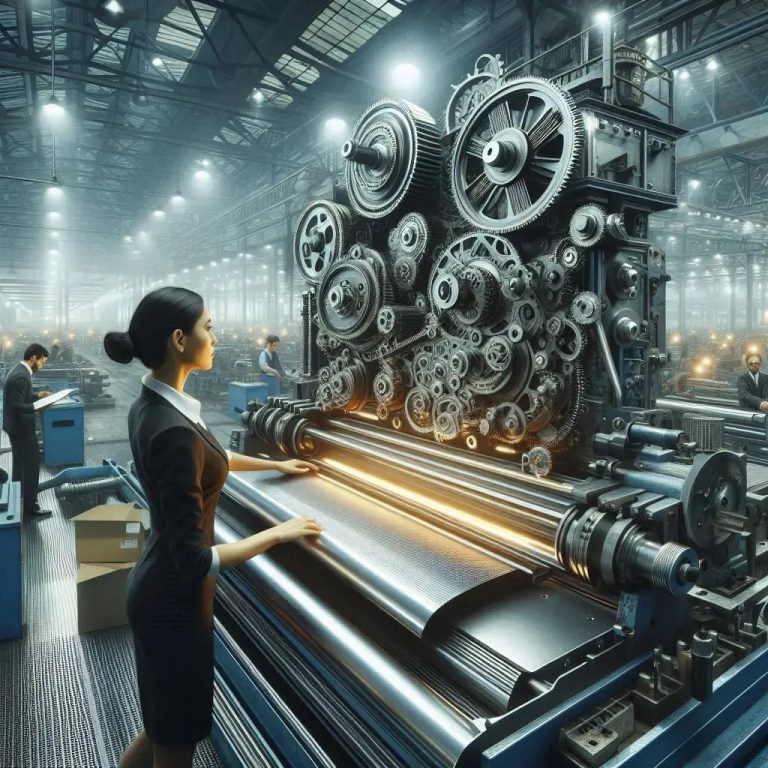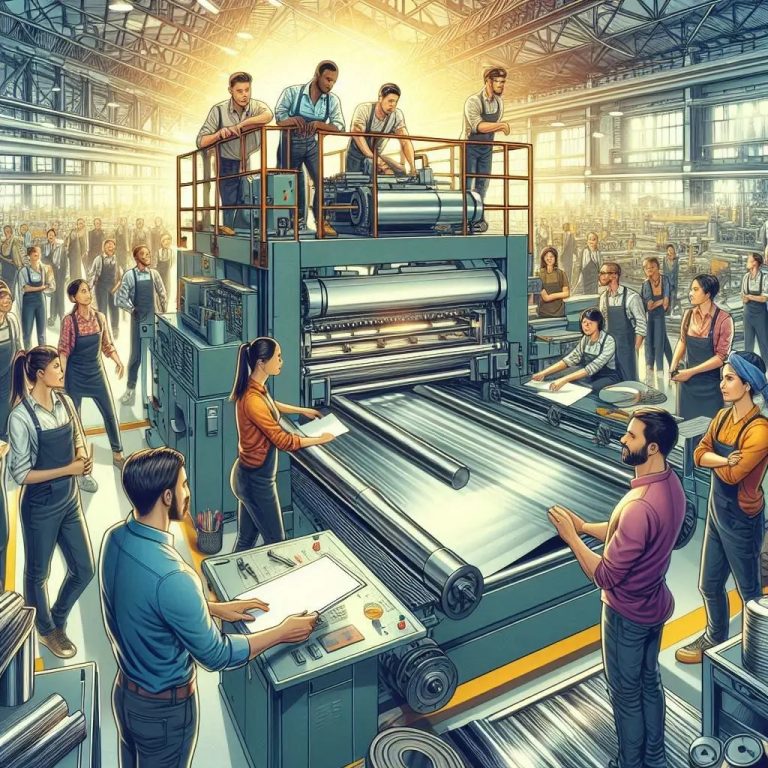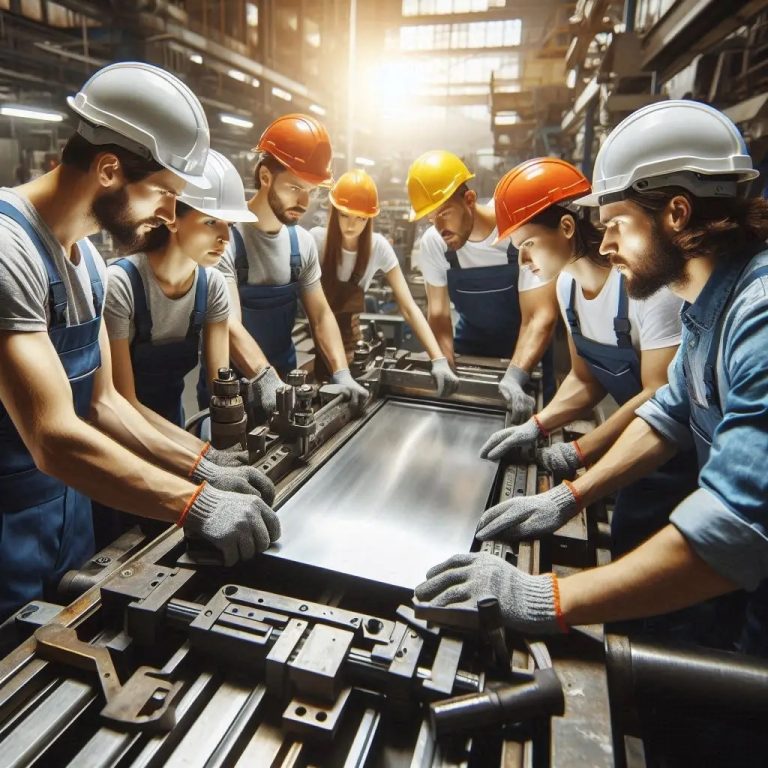The automatic plate rolling machine is changing the metal forming industry, for the first time, precision, automation and efficiency are combined in an advanced system. These machines are specifically designed to roll metal plates into cylindrical or conical shapes while requiring minimal manual intervention. Automated, CNC controls, hydraulic systems and digital sensors are critical to an automatic plate rolling machine functioning effectively and consistently. Automation improves production capability, decreases set up time, and decreases manual errors allowing fabricators to have more productivity and uniform quality within batches of work. Within industries such as shipbuilding, pressure vessels, or structural fabrication, automatic plate rolling machines will change the industry for metal forming for precision, energy savings, and an overall efficient workflow.
Why Fabrication Industries Prefer Automatic Plate Rolling Machines
Automatic plate rolling machines are highly suggested for fabrication industries because of their unmatched speed, consistency, and precision when it comes to forming metal plates of various shapes and for multiple purposes. These machines will minimize the labor involved and reduce operator reliance because they are programmed and built with CNC and hydraulic systems that reduce the rolling action to just a few pushbuttons, assuring uniform curvature with minimal material waste. Also, these machines can support different plate thicknesses and types of metal, and their reproducible and consistent outcomes and qualities contribute to production and product working efficiency. Automatic plate rolling machines are also an essential tool for improving worksite safety and reducing cost as well as improving accuracy for tight deadline fabricators. These machines have become an overall necessary tool for any modern metal fabrication shop.
The Role of Automation in Modern Plate Rolling Machine Manufacturing
Automation is an important element in plate rolling machine manufacturing today, providing improved accuracy, output, and control of production. Today’s plate rolling machines are CNC systems that use servo motors and sensors to execute rolling operations with little effort from humans and at high precision. Automation also allows for real-time monitoring and adjusting of speed and roll position, ensuring quality is consistent with type and thickness of the material.
For manufacturers, this means less time setting up, safety, and efficiency leading to higher production outputs. In conclusion, automation allows for plate rolling solutions to be smarter, faster and more reliable for the fabrication needs of today.
Conclusion
In conclusion, automated plate rolling machine has changed the metal forming industry by offering a combination of automation, precision, and efficiency. Their modern CNC and hydraulic systems contribute to bending precision, labor reduction, energy reduction, and fewer production interruptions. With productivity increases, quality consistency, and high volume production capabilities, automated plate rolling machines have a crucial role in today’s manufacturing plants. As automation continues to progress, automated rollers will continue to be at the forefront of innovation in industry, providing smarter, faster, and more eco-friendly processes for metal forming around the world.

